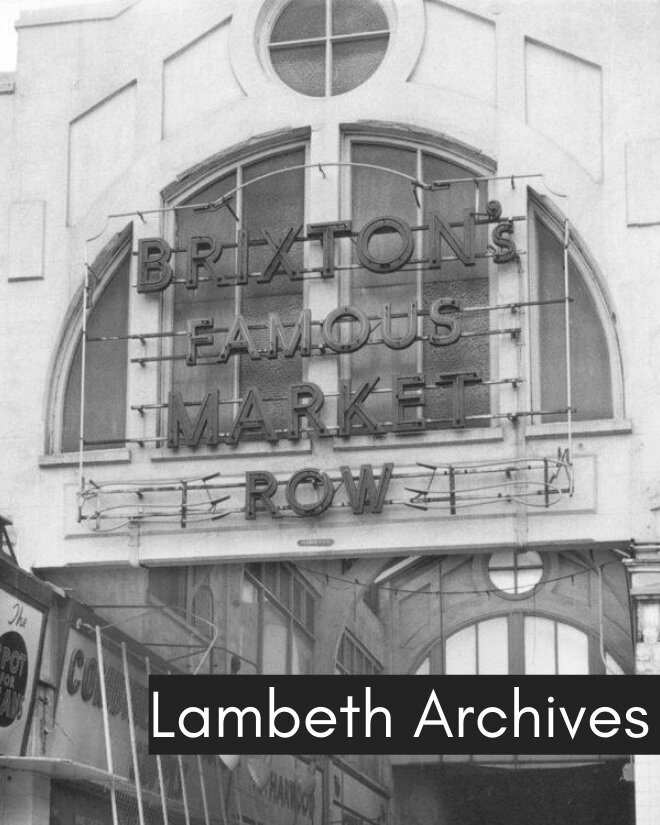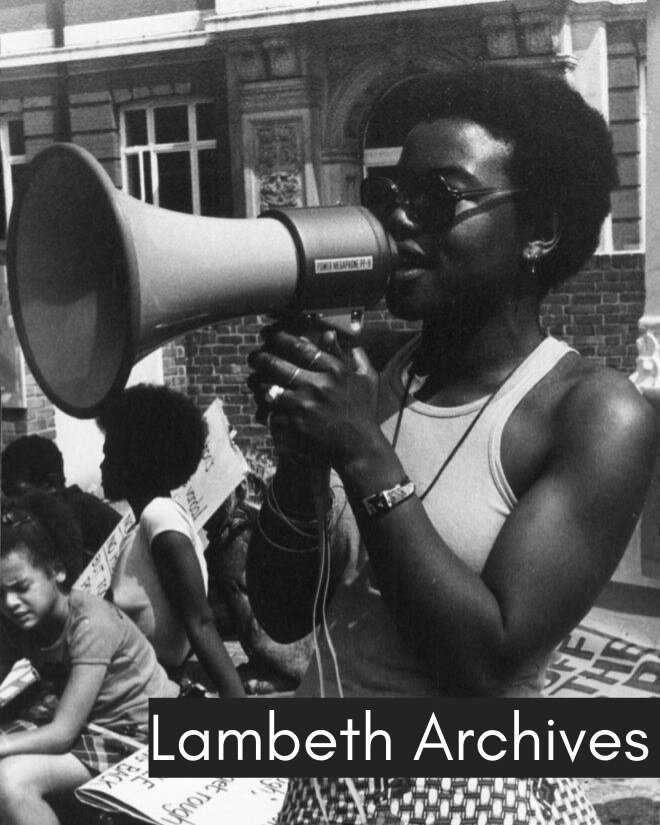
Brixton’s history
A history of activism and a story of resilience.
The empire
In order to explore Brixton’s history, it is essential to examine Britain’s colonial past; something that is often misrepresented in the classroom.
Even more neglected by our national curriculum is black British history, which has subsequently resulted in a lack of understanding amongst the general public. The widespread belief is that, before the arrival of the Empire Windrush in 1948, there were very few black communities in the UK. And yet, historians have uncovered links that go back as far as the Roman Empire.
Many would perhaps be surprised to learn that an estimated two to three million people in the UK today have black ancestry dating back to the Georgian era. We must not, however, shy away from acknowledging the fact that many of these ancestors would have been brought over to Britain as slaves.
Windrush
The origins of migration from the Commonwealth to the UK can be found within this colonial past.
The 1948 Nationality Act shifted the legal status of Commonwealth citizens. While previously regarded as subjects of the Empire, Commonwealth citizens were conferred British citizenship which gave them full rights to work and settle in the UK.
That summer the Empire Windrush docked at Tilbury carrying 1,027 passengers from the British Caribbean. After temporarily seeking accommodation in the underground shelters of Clapham Common, around 300 of the new arrivals settled in Lambeth. Soon after, Brixton became a hub for the Jamaican community in London.
However, the transition from life in the British colonies to life in the UK was far from easy. Despite the fact that thousands of Commonwealth citizens had joined in the war effort to defend the ‘mother country’ as British citizens, as well the fact that the 1948 Nationality Act gave these citizens full rights to settle in the UK, many black communities were faced with increasingly hostile and racist attitudes. This hostility was echoed by successive government policies, such as the Commonwealth Immigrants Act of 1962, which sought to restrict the granting of British citizenship to Commonwealth citizens.
Brixton riots
This deeply embedded racism, coupled with the socio-economic problems faced by post-War Britain, meant that black communities suffered disproportionately. The ‘colour bar’ that was put in place by employers, landlords and publicans alike, alongside violent and discriminatory interactions with the police, led to heightened tensions that sparked the riots of the 1980s.
Prior to the 1981 riots, the ‘sus’ law - officially Section 4 of the Vagrancy Act of 1824 - allowed police officers to arrest someone simply for ‘acting suspiciously’. This law was widely abused by the police force who disproportionately arrested young black men without evidence of them committing a crime. The breaking point came in April of 1981 when the Metropolitan Police’s ‘Operation Swamp’ saw over 1,000 people in Brixton stopped and searched within just 6 days.
Riots followed in 1985 and 1995, as limited change was felt by the local community. On the 28th of September, 1985, Brixton witnessed unrest again after Cherry Groce was accidentally shot by police in her home as they carried out a raid on her house looking for her son. 10 years later, in December of 1995, frustration and anger rose again after 26 year old Wayne Douglas died in police custody.
These riots exposed the complete breakdown in the relationship between the police force and the local community, as well as the socio-economic problems and racism faced by many in Brixton.
Brixton: a hub of activism
Brixton has been at the forefront of civil activism for many years and has played an integral role in the community. It has been the home to many notable civil activists such as Olive Morris and Darcus Howe, as well as leading civil rights groups such as the Black British Panthers and the Brixton Black Women’s Group. Brixton was also home to the West Indian Gazette, Britain’s first black-owned newspaper, founded in 1958.
Nowadays in Brixton you can visit the Black Cultural Archives whose mission is to record, preserve and celebrate the histories of African and Caribbean people in Britain. The BCA is located at 1 Windrush Square, an open space in Brixton which was renamed in recognition of the important contributions of the Windrush Generation to the area. Also located at Windrush Square, is the African and Carribean War Memorial, which was unveiled in 2017 to commemorate the two million British African and Caribbean soldiers who fought in WW1 and WW2.
Brixton today
Since the unrest of the 1980s, perceptions of Brixton have changed and evolved. Whilst past media images portrayed the area as violent and unwelcoming, Brixton is increasingly celebrated for its multicultural past and present. More and more Londoners and tourists have been attracted to Brixton’s vibrant community. However, some fear that this regeneration is a double-edged sword.
There is a concern that the soaring rent prices are pushing out long-time residents and local entrepreneurs. Is Brixton losing its identity? What does it mean for local residents to be from Brixton? How will Brixton embrace progress without compromising its history, people and culture?





